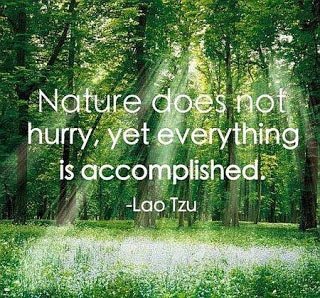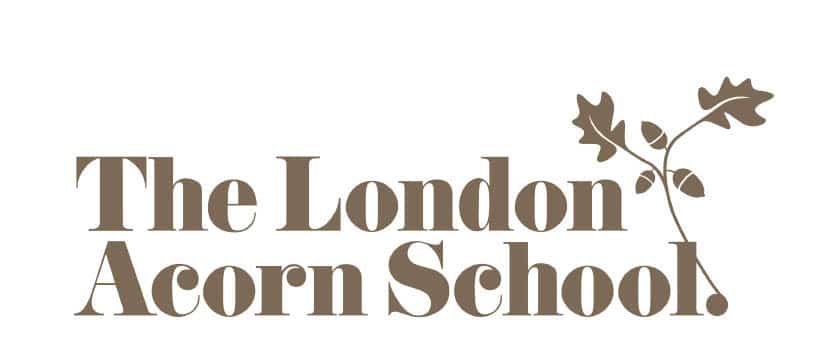
In our kindergarten we are committed to go outdoors every day- rain or shine, snow or mud. We are so lucky to be in such a beautiful park. With the proper clothing we brave the weather everyday.
In the coldest days we walk and walk to keep warm, we only ever encountered a few dog walkers out in the early morning. We all enjoy the icy crunchiness underfoot when Jack Frost has come to visit, the mist lifting up like a magic curtain. We are all grateful when we step inside the school doors and feel the warmth return to our faces.
In the warm days we enjoy the flowers and the tall meadow grass, the sun on our faces, the birds singing. We marvelled at how much faster we can run without layers and layers and without our wellie boots.
The play outdoors has a different quality, the social dynamics outside are more relaxed, it feels like we all take a few deep breaths and settle into our day.
There are so many benefits to spending time outdoors.
- The development of physical co-ordination through movement, balance etc is fundamental at this age. Being out in Nature climbing trees, balancing on logs, skipping with large and small ropes, digging, swinging from the hammock, all these activities help the children to practice and develop their gross motor skills and coordination.
- Builds physical resilience and strengthens mental health. In kindergarten we see this more clearly with the older children. When they are left to create, the building of dens, teepees and boats take place. The fallen tree branches and tree limbs are used, the muscles are working hard as they are heavy to carry, they need each other’s help therefore learning the importance of team work. Communication, flexibility and problem solving are needed if the structure is to be successful. Many children, who indoors will leave tasks unfinished, outdoors will “ stick with it” till the project is finished. We all know that breathing fresh air and being in a natural environment has health benefits. Our children, day to day, are witness to the beauty surrounding us, they get a chance to recover from noise, car journeys, a moody start of the day. They get to use their exuberant energy in a constructive and positive way and to feel more grounded in their bodies. It helps them to be more comfortable when it is time to go back inside and take part in the teacher led activities.
- Cultivates creativity. How many sticks have you got at home? Probably none. A stick will be a bow and arrow, a maypole, a stirring spoon. A stick will be the most treasure “ toy” and, from what we are told, the perfect gift to take home for mummy. Tree bark transforms into plates, boats, saws. A pine cone is buried in the ground and it is later dug out as treasure. A bucket full of mud can be a chocolate cake, soup, carrot cake, it all depends who the chef is that day. In the summer when the horses cut the grass, we have grass hotels. Children lean against the tree trunk and make grass beds, then settle in to chat. When the daisies appear many tiny homes are built and decorated, sometimes the ladybirds have the most luxurious homes in the park.
- Learn through observation. Being in Nature provides opportunities to pay attention and notice what is around us. Similarities and differences are there for us to discover. A child who observes is a child who is learning. They come to us with worms in their hands and they tells us how they look, the different colours, the size, how they move. The interest and pleasure they find in the smaller creatures, their attention to details on what it is around them is fostering a deep appreciation for all things.
They notice the changes of the seasons, the leaves falling, the buds emerging, the quality of the light, the spider webs like threads of silver glistening in the cold.
So if you can, try and go out in Nature. It benefits all of us, big and small.
A song the children in the classes sing in their woodland craft, my child taught it to me. It is a happy song, catchy and fun to sing outdoors and indoors.
Enjoy it!
